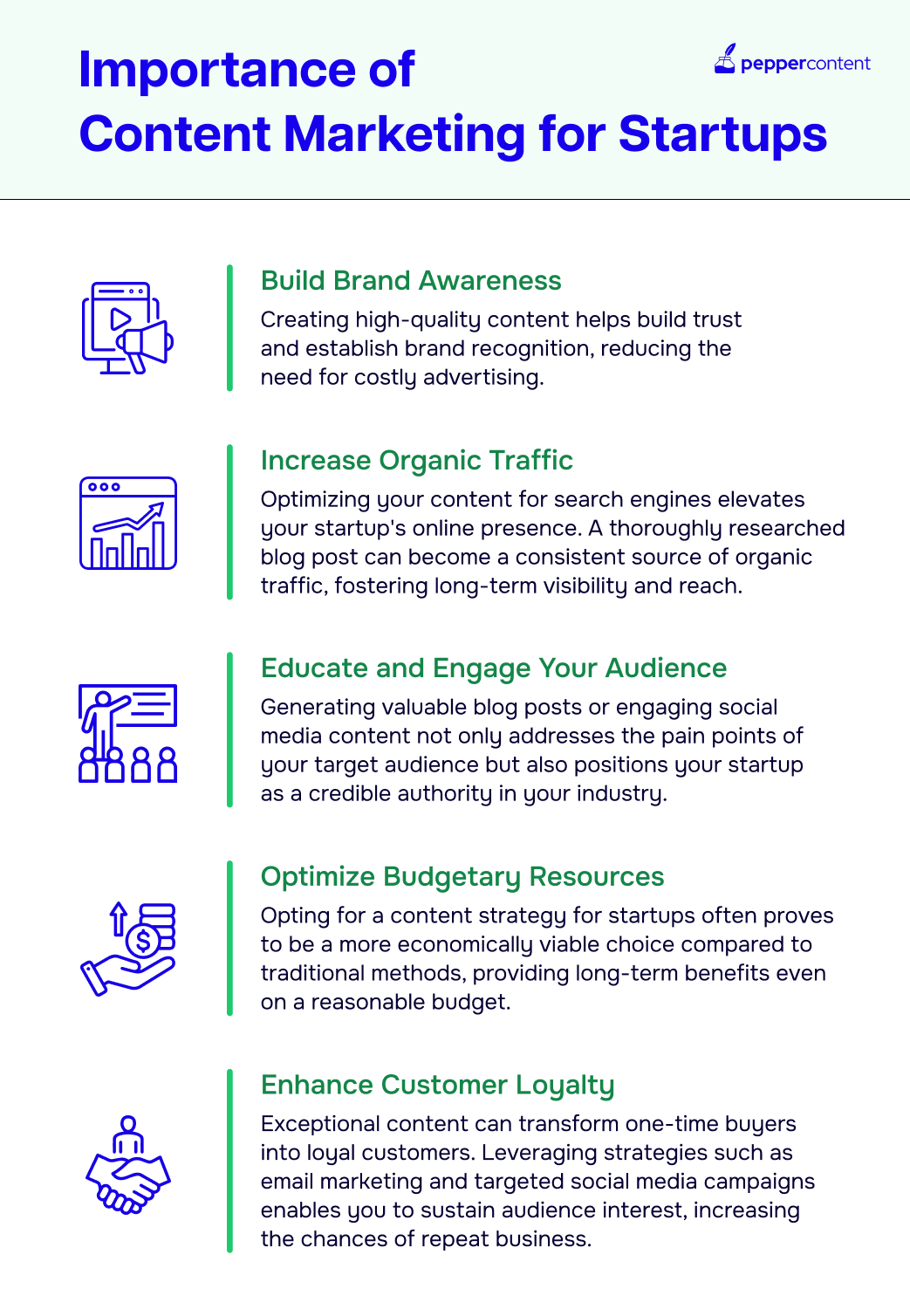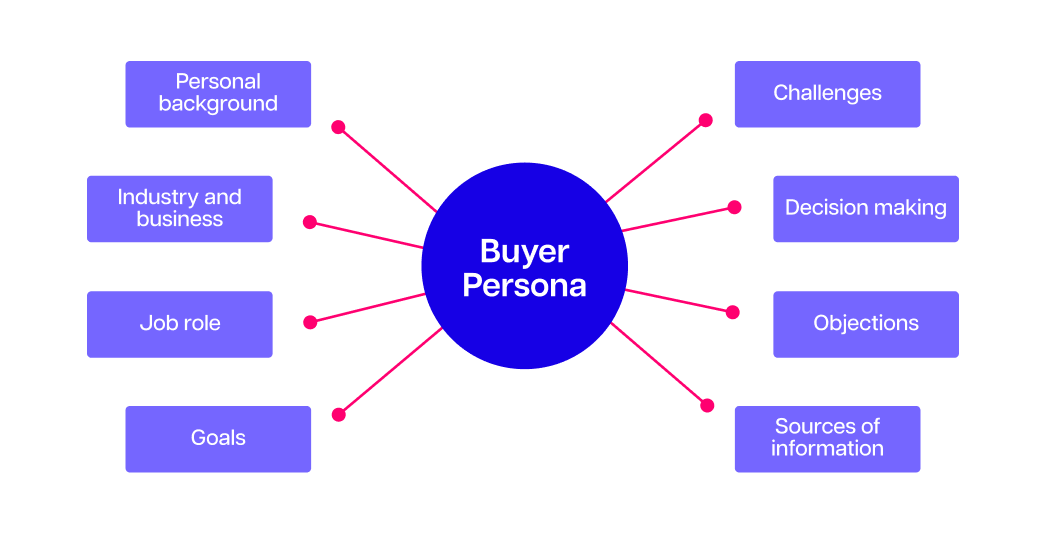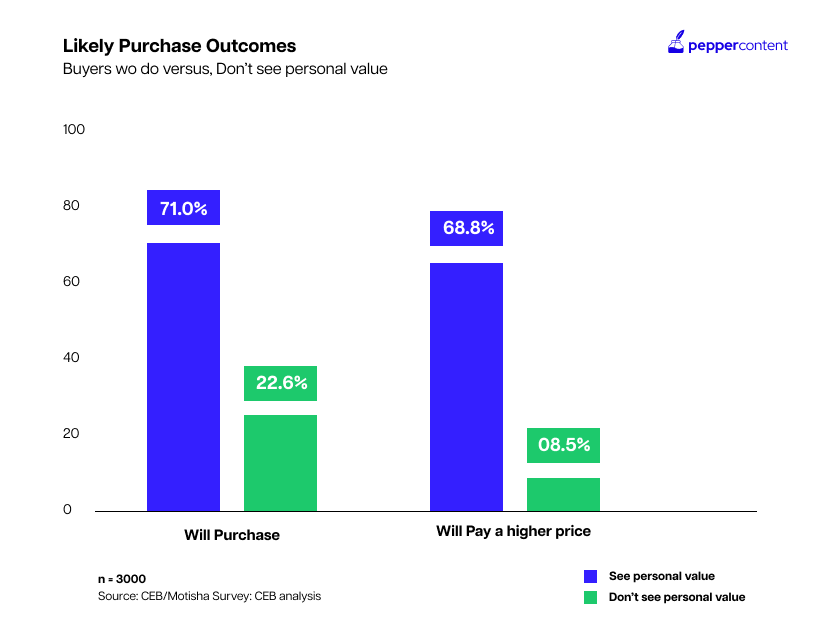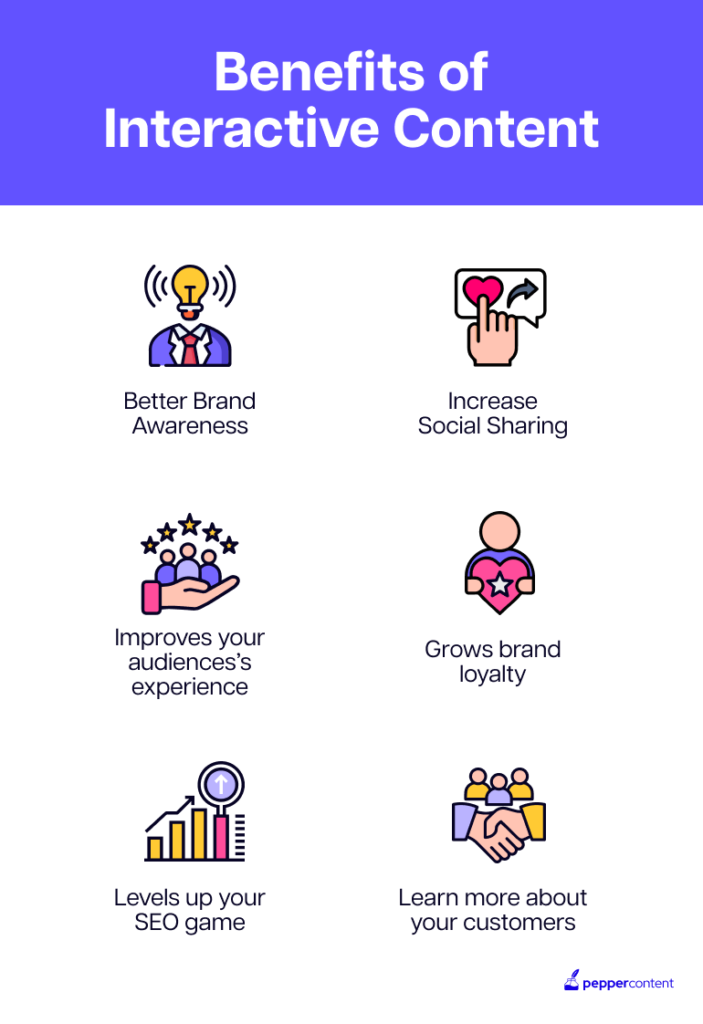7 Effective Ways to Use Content Marketing for Startups

Running a startup means every decision you take is crucial, especially when you don’t have a lot of resources. Traditional marketing approaches, such as paid advertising, can drain your budget fast; sometimes, they don’t give you the lasting impact you want. This is where content marketing comes into the picture.
As a startup founder, having content marketing in your toolkit is a big deal. It’s not expensive upfront like some other marketing techniques. Sure, you’ll have to spend on quality content development — good writers, excellent design, and some technical SEO support — but these initial expenses turn into timeless assets that keep your audience engaged long after they first show up on your website.
Now, why do a whopping 82% of companies use content marketing? Well:
- It costs 62% less than traditional marketing.
- It brings in 3 times more leads for every dollar you spend than traditional marketing.
- People all around the world keep consuming content at a substantial rate.
- It can even be free.
- It’s a long-term asset that sticks around.
Having said that, we’ll explore the different content marketing tips for startups and how they can build a strategy that drives business. We’ll also look at the effective ways to leverage content marketing strategy for startups and help you get started on your marketing journey.
But before that — let’s take a closer look at why content marketing is essential for startups.

7 Proven Ways Startups Can Use Content Marketing
Developing an effective content strategy is vital for startups that drive business growth through content development. Here are 7 essential steps to supercharge your startup’s content marketing efforts:
1. Understand Your Target Audience
Having exceptional content won’t produce the desired results unless you have a deep understanding of your audience. It’s crucial to comprehend your customers’ goals, identify their pain points, and anticipate potential objections.
Without this, your content may miss the mark and fail to resonate with the audience you aim to engage.
You can gain valuable insights into your target audience through customer development and thorough research. Consider using interviews, focus groups, and surveys to establish direct connections with your existing or prospective customers. These methods provide a rich source of information, allowing you better to understand their needs, preferences, and expectations.
Now, the big question is, how do you figure out all this information about your target audience? Here are some handy tips:
- Create buyer personas – These are detailed profiles of your ideal customers.
- Establish audience segmentation based on different factors, like their purchasing behavior, historical purchases, demographics, interests, etc.
- Determine if you should focus on all these segments or if some are more important.
- Customize and personalize your content to match what your audience wants.
While creating your buyer persona, here are some of the things you need to consider:

2. Create High-Quality, Valuable Content
Google consistently prioritizes high-quality content that delivers unique insights to users. Combine your expert perspective with a variety of content to develop a tool that not only outruns competitors but also demonstrates your value to readers seeking more information.
Ensure your high-quality content remains closely aligned with your product or service and fulfills your audience’s needs.
For instance, if you sell homeowner’s insurance, focus on topics directly relevant to homeowners, as a “home buying checklist” may not cater to most of your audience who already own homes.
Explore tangential topics only after thoroughly covering industry subjects where you have the highest authority.
Both Google and users consume content from businesses they trust. Your site’s design, content quality, chosen topics, and author bios collectively signal your experience, expertise, authority, and trustworthiness — often called EEAT.

To support your EEAT and create content that stands out, consider implementing the following strategies:
- Diverse Content Formats: Incorporate a variety of content formats, including guides, case studies, and SEO-driven posts. This diversity not only caters to different user preferences but also showcases your versatility.
- Authoritative Content: Produce content that establishes your authority within your expertise and industry vertical. This not only contributes to your credibility but also enhances your chances of ranking higher in relevant searches.
- Reputable Authors: Collaborate with respected authors who have relevant experience. List their credentials to reinforce the expertise behind the content.
- Good Site Experience: Prioritize a positive user experience on your site, placing user-centric content at the forefront. A well-designed, easy-to-navigate website enhances trust and engagement.
- Easy-to-Digest Content Design: Present your content in a format that is easy to consume. Well-structured, visually appealing content will likely retain user interest and convey professionalism.
By integrating these strategies, you not only enhance your online presence but also strengthen your position as a reliable source of information, meeting both Google’s standards and your audience’s expectations.
3. Leverage Storytelling to Build Your Brand
In the world of content marketing, the power of storytelling cannot be overstated. Crafting compelling narratives goes beyond merely showcasing your products or services; it taps into your audience’s emotional core, forging a deeper connection.
A well-crafted story can captivate, engage, and leave a long-lasting impression, making it an essential tool in building and strengthening your brand.
A study by Google, Motista, and CEB indicated that 50% of B2B buyers are more likely to purchase if they connect emotionally with a brand.

Nike’s marketing campaigns often go beyond product features to tell stories of success, perseverance, and achievement. These narratives not only resonate with the audience but also associate the brand with powerful, uplifting emotions.
Your startup’s origin story is a robust asset in brand building. Narrating the journey from inception to the present humanizes your brand and provides context and authenticity. It allows your audience to connect with the people behind the brand, fostering trust and reliability.
Take the example of companies like Apple or Microsoft, which often highlight their founders’ stories in marketing. Steve Jobs’ journey with Apple or Bill Gates’ path with Microsoft adds a personal touch, making the brand more than a faceless entity.
Similarly, leveraging case studies and customer testimonials adds tangible credibility to your brand. These content pieces showcase real-world examples of your product or service making a positive impact. They provide social proof, building confidence in potential customers and helping them anticipate the benefits they could experience.
4. Optimize for SEO without Sacrificing Authenticity
Understanding the fundamentals of SEO is crucial for achieving organic visibility in the crowded digital landscape. SEO involves optimizing your online content to make it more discoverable by search engines such as Google and Microsoft Bing, ultimately increasing your website’s chances of ranking higher in search results.
While incorporating keywords is essential for SEO, it’s equally crucial to maintain authenticity and engage your audience. Keyword stuffing, or overloading your content with keywords, can result in a poor user experience and harm your brand’s credibility.
Striking a balance between keyword optimization and creating genuine, compelling content ensures that your website ranks well and resonates with your audience.
On the other hand, backlinking is another crucial SEO strategy that signals search engines that your content is valuable and authoritative. Focusing on creating content other websites find worth linking to enhances your overall SEO strategy.
Consider how reputable online publications link to in-depth research articles or informative guides. These backlinks contribute to the content’s credibility and boost its visibility in search engine rankings.
Here’s how you can build backlinking opportunities:
- Create Shareable Content: Craft content that others in your industry find valuable and shareable. This increases the chances of earning backlinks from authoritative sources.
- Build Relationships: Establish relationships with influencers, industry experts, and other websites in your niche. Genuine connections can lead to natural backlink opportunities.
5. Use Multiple Content Formats and Distribution Channels
Diversifying your content across various formats is a strategic approach with numerous benefits. Each form caters to different preferences, allowing you to reach a broader audience.
Whether it’s informative blogs, visually engaging videos, thought-provoking podcasts, or easily digestible infographics, leveraging multiple content formats enhances the overall impact of your messaging.
For example, when leading media and entertainment company Network 18 had difficulty scaling content creation in a stipulated time, the company focused on creating high-quality blog posts. It was able to meet the high standards of its viewers. As the content was tailor-made for the target audience, their content published on Forbes crossed 1 Lakh+ views. As the content was engaging, they saw 3x growth in their session time on the blogs. This case study demonstrates that your content should be explicit, engaging, and on target for your audience.
Your content plan should have a mix of different types of content, like:
- Blog posts
- Real-life examples
- Detailed reports
- E-books
- Easy-to-read graphics
- Videos
- Online seminars
Now, choosing the right platform for content distribution is equally important in reaching your target audience effectively. Each platform caters to a distinct demographic and content style. For instance, LinkedIn is a powerful platform for B2B content, while visually-oriented products find success on Instagram.
Similarly, e-commerce startups can use email marketing to share personalized product recommendations based on a customer’s past purchases, enhancing the likelihood of repeat business. By curating content based on user preferences and behaviors, you can deliver targeted messages directly to your audience’s inbox, fostering a more intimate connection.
6. Engage and Interact with Your Audience
Fostering two-way communication with your audience is not just beneficial — it’s essential. Engaging in a dialogue rather than a monologue builds community and strengthens the connection between your brand and your audience. For example, when your audience feels their opinions are valued, they are more likely to engage with and share your content, amplifying its reach and impact.
By facilitating two-way communication, encouraging participation, and leveraging social media for real-time engagement, you not only strengthen your brand’s relationship with its audience but also create a dynamic and inclusive online community.
Social media platforms offer a dynamic space for real-time engagement and community building. You can create a vibrant online community around your brand by actively participating in discussions, responding promptly to comments, and sharing user-generated content.

7. Measure, Analyze, and Adjust
Once your content strategy is in action, seeing if your efforts are paying off is crucial. Are you seeing the results you were hoping to achieve? What’s working? Where can you improve?
These questions underscore the dynamic nature of your content marketing strategy – a continuous, evolving component of your overall marketing plan. In the world of content, what works today may not necessarily do so tomorrow. The mantra, “Measure, Analyze, and Adjust,” is the compass guiding the trajectory of success.
This is why it is necessary to monitor your metrics and key performance indicators (KPIs) to evaluate your efforts. If, for instance, video marketing drives the highest return on investment, reallocate resources from Instagram and invest heavily in platforms like YouTube.
You can leverage tools such as Google Analytics, SEMRush, Ahrefs, and HubSpot to measure the performance of your content, analyze key metrics, and make informed adjustments to optimize your overall content marketing strategy.
Here are some of the key metrics to track:
- Website Traffic
- Lead Generation
- Social Media Engagement
- Conversion Rates
Remember, flexibility and responsiveness are key in navigating the ever-changing landscape of content marketing.
The Bottom Line
Implementing effective content marketing strategies can be a game-changer for startups looking to establish a solid online presence, connect with their audience, and drive business growth.
From understanding your target audience to leveraging storytelling, optimizing for SEO, and engaging with your audience, these strategies lay the foundation for success in the dynamic digital landscape.
At Pepper Content, we specialize in creating compelling and impactful content marketing strategies for startups. Our team of highly experienced professionals is ready to collaborate with you, turning your vision into a content strategy that sets you apart in the competitive market.
Reach out to us today for our content strategy and writing services.
Latest Blogs
Explore how Google’s 2025 AI search updates triggered ranking chaos. Learn actionable strategies to adapt your SEO for AI Overviews, zero-click searches, and SERP volatility. Stay ahead now.
Learn how to rank on AI search engines like ChatGPT, Perplexity, and Gemini by optimizing your content for authority, structure, and relevance. Stay ahead in AI-driven search with this strategic guide.
Explore the best healthcare SEO services for your medical practice. Improve online visibility and effectively reach more patients in need of your services.
Get your hands on the latest news!
Similar Posts

Demand Generation
8 mins read
Mastering the Art of Building an Effective Content Marketing Funnel in 2024

Demand Generation
6 mins read
Fueling Demand Generation: How Buyer Personas Catapult Your Content Marketing Strategy

Demand Generation
8 mins read